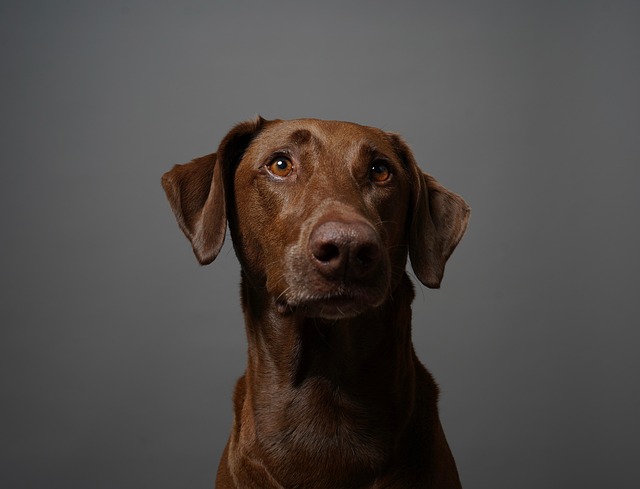
How do i train my dog to be obedient?
Watching your dog dart across the park ignoring your calls isn’t just frustrating—it can put them at risk near busy streets or public spaces.
Dogs turning up their noses at crates is more common than you might think, and it’s rarely about stubbornness. Often, it’s a sign that something about the space feels off to them—whether it’s the size, location, or even the memories associated with it. Let’s break down what might be going on and how to help your pup feel more at ease, all while keeping in mind the guidelines that shape responsible crate use in many places.
First, consider the crate itself. If it’s too small, your dog might feel cramped, unable to stretch or turn around comfortably. That’s not just uncomfortable—it can cross into inhumane territory, which is why many regions have regulations specifying minimum crate sizes based on a dog’s breed and size. Even if it technically meets standards, a tight fit can make the crate feel like a trap instead of a safe spot. On the flip side, a crate that’s overly large might not feel cozy. Dogs often prefer enclosed spaces that make them feel protected, so a crate that’s too big can lack that secure vibe.
Location matters too. Placing the crate in a busy hallway where people are constantly passing by, or near a loud appliance like a washing machine, can turn it into a stressful spot. Dogs thrive on routine and calm, so a quiet corner of the living room or bedroom—somewhere they can still be part of the family action without feeling overwhelmed—tends to work better.
 It’s also crucial to remember that crates should never be used as punishment. Not only does this damage the trust between you and your dog, but in some areas, misusing a crate—like leaving a dog confined for excessive hours without breaks—can violate animal welfare laws. These laws are in place to protect dogs from neglect, so familiarizing yourself with local regulations isn’t just about following rules; it’s about ensuring your pup’s well-being. For example, many places restrict crate time for adult dogs to a maximum of 4-6 hours, and puppies need even more frequent breaks.
It’s also crucial to remember that crates should never be used as punishment. Not only does this damage the trust between you and your dog, but in some areas, misusing a crate—like leaving a dog confined for excessive hours without breaks—can violate animal welfare laws. These laws are in place to protect dogs from neglect, so familiarizing yourself with local regulations isn’t just about following rules; it’s about ensuring your pup’s well-being. For example, many places restrict crate time for adult dogs to a maximum of 4-6 hours, and puppies need even more frequent breaks.
Another angle is anxiety. Some dogs struggle with separation anxiety, and the crate can amplify that feeling of isolation. If your dog starts pacing, whining, or pawing at the door as soon as you close it, they might be feeling distressed. In these cases, gradual desensitization is key. Start by closing the door for just a few seconds, then opening it and rewarding them. Slowly increase the time as they get more comfortable. If the anxiety seems severe, consulting a professional trainer or behaviorist—someone who understands both canine behavior and local training best practices—can make a world of difference.
Weather can play a role too. A crate that’s too hot in summer or drafty in winter isn’t going to feel inviting. Add a cooling mat during warm months or a soft blanket when it’s cold to help regulate their temperature. Making sure the crate is clean is another simple fix; dogs have a natural dislike for dirty spaces, so regular cleaning with a mild, pet-safe detergent can go a long way.
In the end, patience is your greatest tool. Rushing the process or forcing your dog into the crate will only set you back. Instead, let them set the pace. With time, the right setup, and plenty of positive reinforcement, that crate can become a spot they voluntarily retreat to for naps and nights—no persuasion needed. After all, a happy dog is one that feels safe, and a safe dog is more likely to thrive in every part of their life.

Watching your dog dart across the park ignoring your calls isn’t just frustrating—it can put them at risk near busy streets or public spaces.

New puppy owners often find themselves rushing to clean up accidents before they set in, and that’s where puppy pad training becomes a game-changer.

If you've noticed your dog's waistline disappearing and your veterinarian has mentioned those few extra pounds, your first instinct might be to simply reduce the amount of food in their bowl.

Training a dog to use a designated spot indoors isn’t as daunting as many new owners fear, but it does take consistency and an understanding of your pet’s needs.

That moment of dread on a walk is all too familiar for many new dog owners. You see another dog approaching down the sidewalk of your neighborhood

If the sight of another dog on your neighborhood walk makes your heart sink as your own dog erupts into a frenzy of barking and lunging, you're not alone.